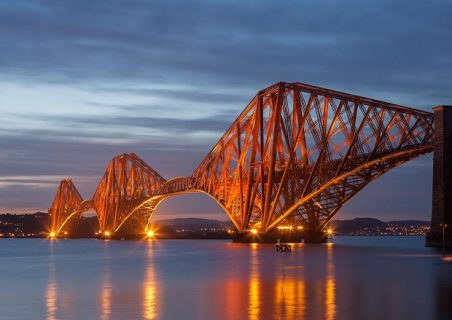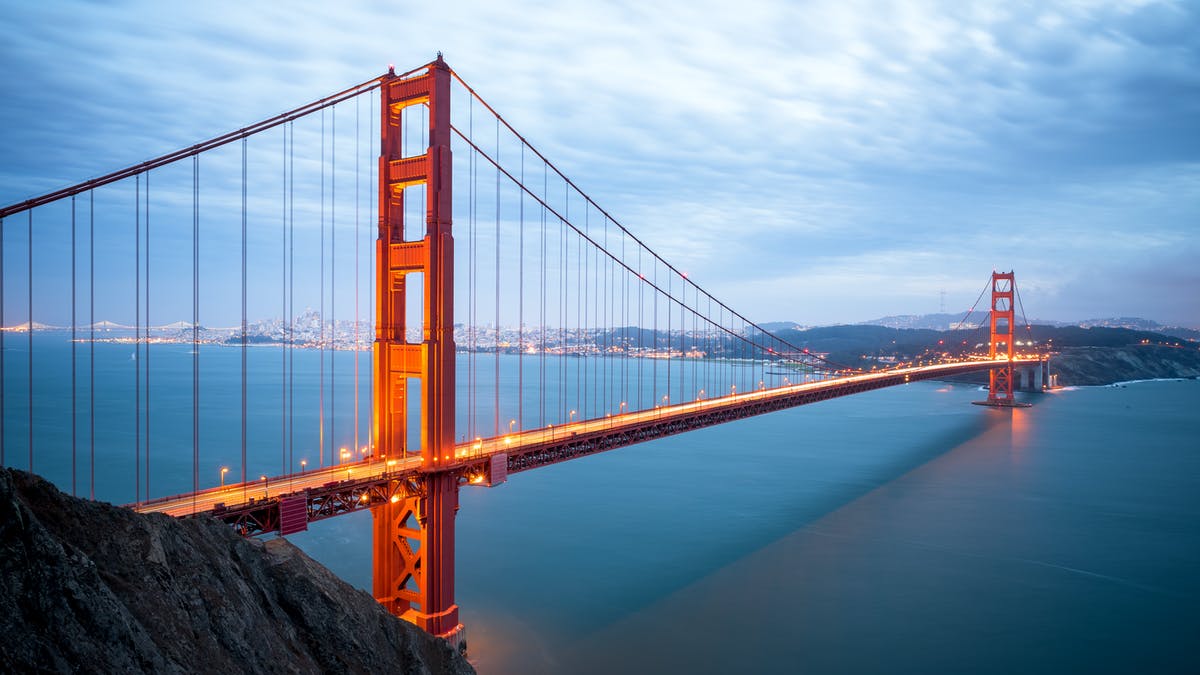There are different types of bridge designs and shapes around the world. Bridges connect people to places that would otherwise have been difficult or even unfeasible to cross. They have been there since the beginning of time and they have evolved in centuries some becoming landmarks in their way.
Civil engineers do a tremendous job in combining the jewels of architecture and wonders of technology to design safe structures to ease the flow of traffic. The best engineers come up with their techniques and décor when constructing bridges but what has not changed for centuries is the bridge designs.
Different types of bridge designs have been constructed but they all come back to one of the main designs. Each design dictates the structure of disparate bridges. Let’s take a look at the top ideal bridge designs and their purposes.
1. Truss Bridges

The load-bearing structure consists of a truss (structure of connected elements that form triangular constituents). The main purpose of the triangular constituents to bestow the bridge the strength to hold out against heavy and dynamic loads. The triangular units manage tension and compression by distributing the stressed weight in the middle and to the end of the bridge making it capable of putting up with heavy loads.
Truss bridges can stretch great lengths and for decades they have been used to carry liquids through pipes across spans. The bridges are economical to build because the materials used are utilized to their highest ability.
There are different types of truss bridges but the most commonly used are;
- Basic Warren Truss Bridge.
- Basic Howe Truss Bridge
- Basic Pratt Truss Bridge
- Basic-Truss Bridge.
2. Arch Bridges

Civil engineers have come up with different types of bridges but they all have abutments on both ends shaped as a curved arch. The work of the arch bridge is to transfer the loads forces and weight into a partially horizontal thrust controlled by the supports (abutments) at either side.
The transferred forces across the arch are done through the central keystone on the top of the arch then into the abutments making the whole bridge strong and unyielding. The different types of Arch Bridges include; corbel arch bridge, aqueducts and canal viaducts, deck arch, through the arch, and tied-arch bridge.
3. Suspension Bridges

Suspension bridges are simple and strong but tend to be the most expensive to build. Its deck hangs below suspension cables on vertical suspenders. The cables elongate from one end of the bridge to the other. These cables are secured by anchorages which are implanted in concrete blocks.
Suspension cables carry most of the weight of the bridge to the anchorages. The bridges can span distances of 2000- 7000 feet making them ideal for power lines. It takes a lot of effort to make sure suspension bridges can stand up to difficult weather conditions.
4. Cantilever Bridges.

These bridges are built using cantilevers; structures that project horizontally into space supported to only one end. Small cantilever bridges may simple beams; they are mainly used as footbridges. Large cantilever bridges use trusses built from structural steel or box girders built from prestressed concrete. They are mainly designed to handle rails or roads.
Cantilevers are firmly anchored on one side to hold up the weight of the free-standing side. They resist tension in the upper supports and compression in the lower.
5. Cable-Stayed Bridges

Unlike cantilever bridge designs, cable-stayed bridge is adequate for long spans and they tend to be less expensive compared to suspension bridges. A cable-stayed bridge is made up of one or two towers that hold straight diagonal cables that support the weight of the deck.
The cables attached to the towers bear the load alone unlike those of suspension bridges that get help from anchorages. Cable-stayed bridges go back a long way but recently they are becoming the bridge choice.
